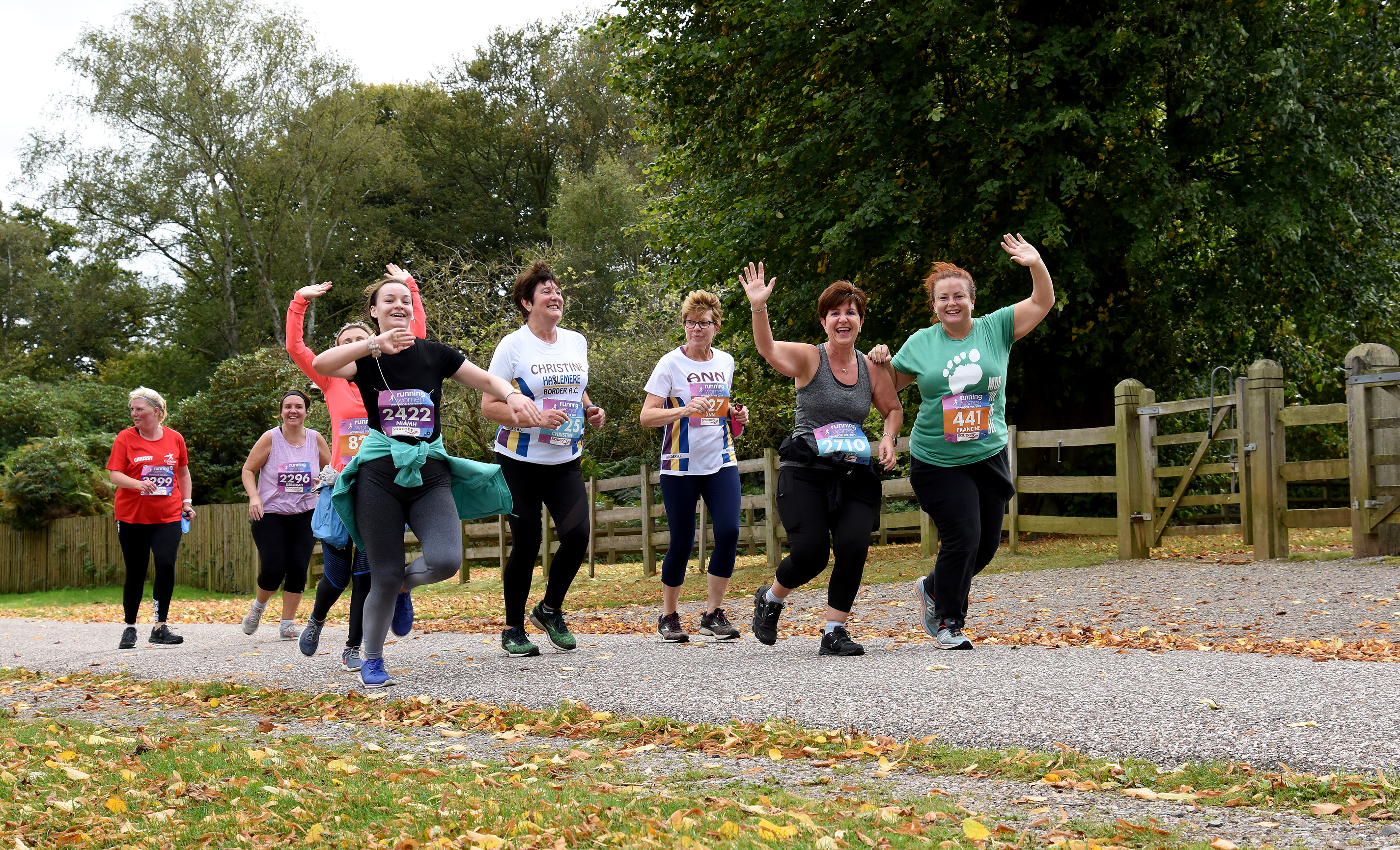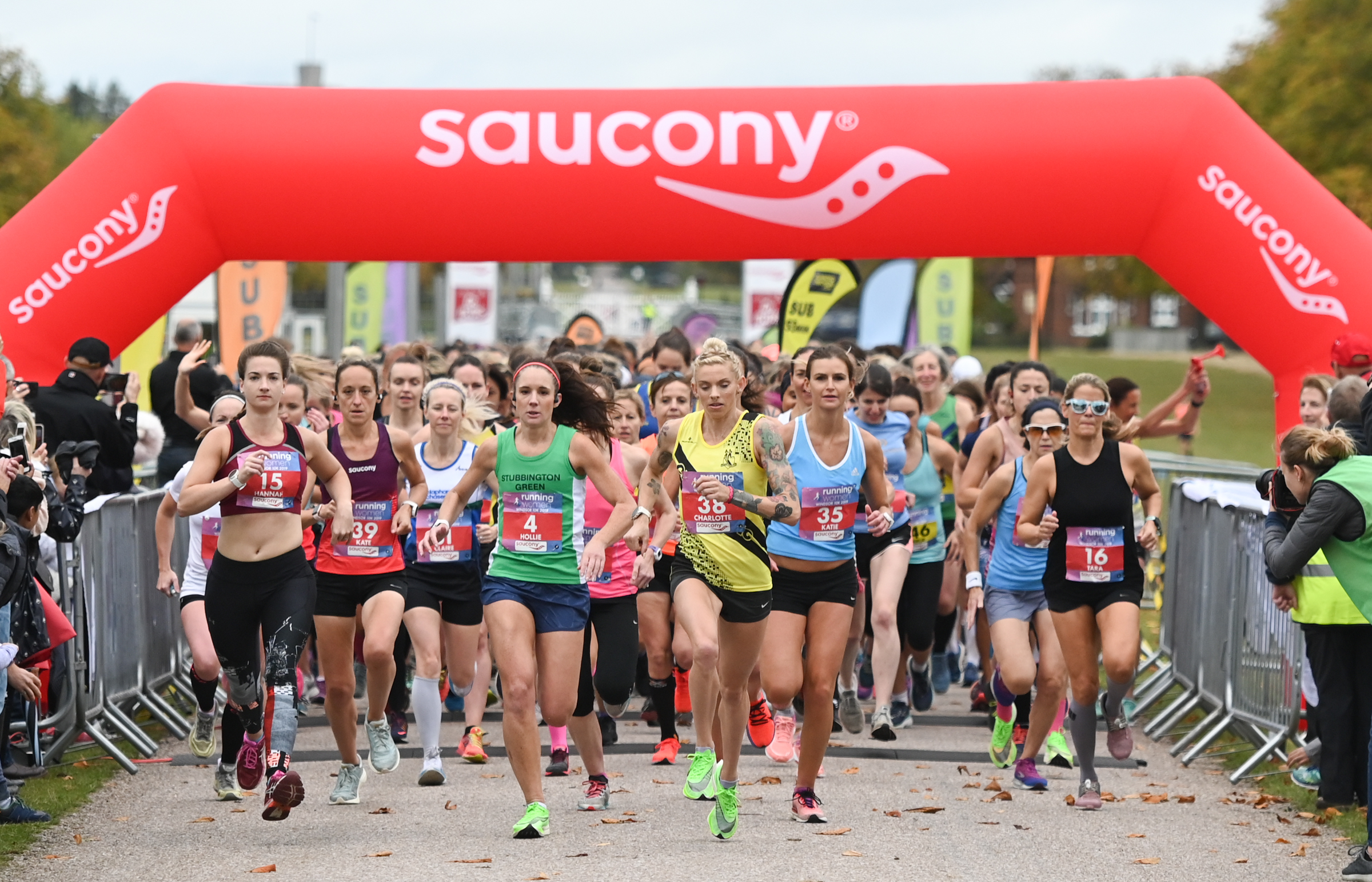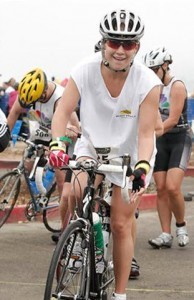What is Triathlon?
What is Triathlon?  Getting started in the world of triathlon can appear to be complicated. The British Triathlon Federation (BTF) has plenty of advice, assistance and a whole bundle of benefits to get you going.
Getting started in the world of triathlon can appear to be complicated. The British Triathlon Federation (BTF) has plenty of advice, assistance and a whole bundle of benefits to get you going.
Triathlon has come a long way since its beginnings in 1974 when a group of friends began to train together. The group consisted of swimmers, cyclists and runners, and before long they were organising competitions combining the three sports.
Triathlon is an exciting multi-discipline sport involving a continuous race over various distances in the three disciplines of swimming, cycling and running. A standard triathlon is made up of a swim, followed by a cycle ride, followed by a run.
Competitors race against the clock, which starts as they enter the swim and stops as they cross the finish line after the run.
For this reason, triathlon is often reported as having a ‘fourth discipline’ known as the transition. The transition is the point in the race when competitors change from swimming to cycling, and from cycling to running.
Race Distances Distances of individual events may vary from race to race, but there are some standard triathlon distances, quoted in terms of swim/bike/run: Super sprint – 400m/10km/2.5km Sprint distance – 750m/20km/5km Standard distance – 1500m/40km/10km Middle distance – 2.5km/80km/20k Ironman distance – 3.8km/180km/42km
Triathlon Clubs Belonging to a club is an excellent way to get more involved in triathlon. There are around 350 affiliated triathlon clubs in Great Britain ranging in size from five or six members to well over 100. Clubs cater for all levels of ability and experience, and either have their own coach or access to one.
Apart from help and camaraderie, being a club member also entitles you to Home Nation membership at a reduced cost. Clubs enter teams in the Mazda National Relay Championships, a popular annual event. Details of local clubs are available on the BTF and Home Nation web sites.
Competition Status Triathletes fall into two categories – Elite, the professional triathletes who compete at an international level, and Age Group – triathletes who are non-professional. The Age Group system allows you to compete against other triathlete entrants of the same age (within a five year band) and sex. Triathlon and duathlon World Championships give all triathletes the chance to enter – they have an Age Group category as well as an elite category.
Great Britain can enter 20 women and 20 men in each Age Group – that’s a total of over 300 competitors flying the British flag. This provides opportunity and incentive to athletes who have never considered competing at an international level.
What do I Wear? You don’t need to spend bundles of cash on all the latest tri gear. A few of the basics are all you need to get started. It couldn’t be simpler:
Swim Novice events tend to be pool-based, although some may involve open-water swims. The type of event will affect what kit you need. A swimming hat lowers water resistance and saves you vital seconds in the water, so it definitely counts as a triathlon essential. You can pick them up for a couple of pounds in any sports store and they’re worth it.
Goggles are a godsend when you’re swimming in a pack of enthusiastic triathletes. Being able to see what’s going on is the difference between getting stuck in the pack or making a breakaway lead. Cold British open water swims mean you can’t overlook wetsuits – they’re compulsory with water temperatures below 14 degrees. Summer is officially the triathlon season but a full-length wetsuit is still advisable.
Top Tip When changing kit in transition, be quick but don’t be too hasty. If you rush you can get into a mess and end up taking more time getting changed than is necessary. The best piece of advice about putting gear on is ‘less haste, more speed’, meaning don’t rush too much or you will get in a real mess and end up spending more time getting changed.
Bike Nobody is excused from wearing a helmet, so you’ll never see a triathlete riding without a lid, not even an elite. Modern helmets are reasonably priced, simple to use and they give the best protection to your most important parts. One nasty tumble is all it takes.
You don’t need a purpose-made tri suit to compete in, but something close-fitting and comfortable and, if you are taking part in an open-water swim, that can be worn under a wetsuit is ideal. A singlet and shorts will serve you just as well, but extra padding in the saddle area is desirable.
A bike has to count as an essential piece of triathlon equipment, but until you get to a more advanced level you don’t have to worry about the quality of your bike. Drag your old one out of the shed, but be sure to give it a good service – punctures could almost certainly be the end of your race.
Cycling shoes are a luxury if you’re just starting out, but you definitely want shoes that are easy to get on and off during transitions. The advantage of cycling shoes is that they attach to the pedals giving you better cycling stability and power.
Run Again, there is no real need for specialist running gear at first. Swim, run and bike kit can double up; just make sure that the outfit you choose to wear is comfortable, even when you’ve been cycling in it. Breathability is always an advantage.
Shoes are the most important part of your running equipment. If your feet are well supported and comfortable, it will make your run seem much easier. Check it out with a running shoe expert before you buy, as individual running styles dictate your trainer requirements.
Tri Kit Costs This introduction to tri kit necessities is a good point for getting started. Triathlon equipment costings can be pretty reasonable, but professional gear can add up at an astounding rate.
With thanks to the British Triathlon Federation for the above information:
Similar Posts:
- What is Triathlon?
- Beyond Road Running
- How To Know If 10K Is Right For You
- 5 Reasons To Try A Running Club This Winter
- Finish the Windsor 10K with this 8 week training plan
- Ready To Step Up From 5K To 10K?



